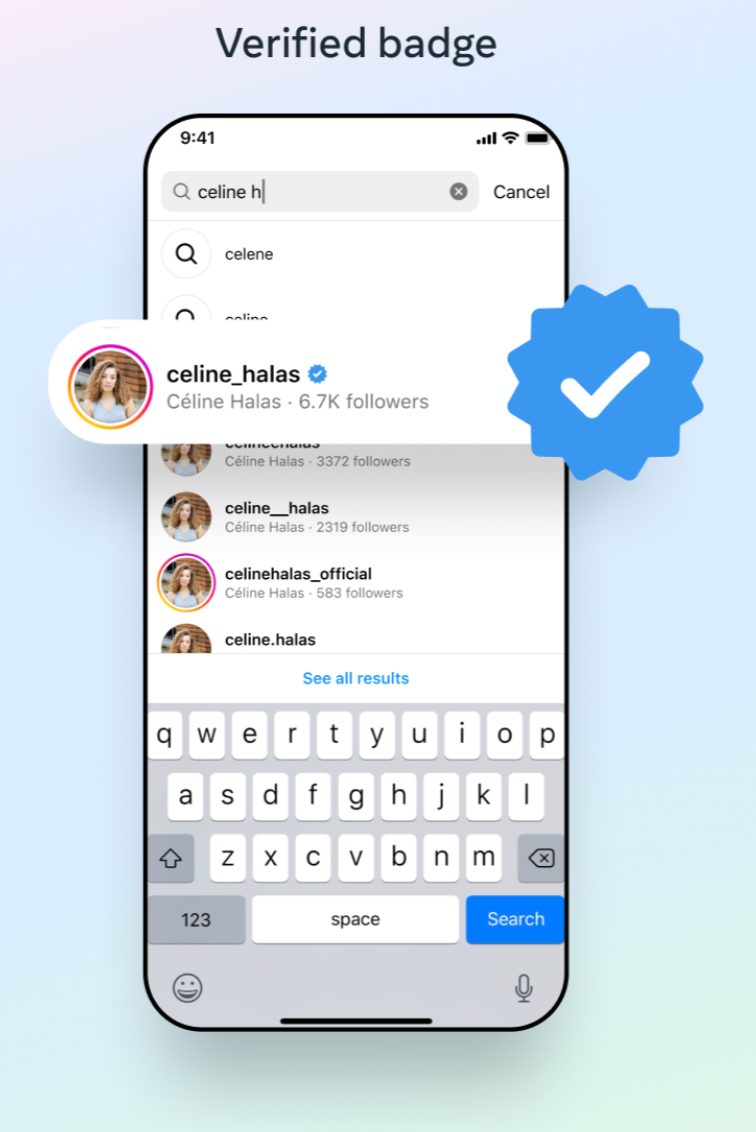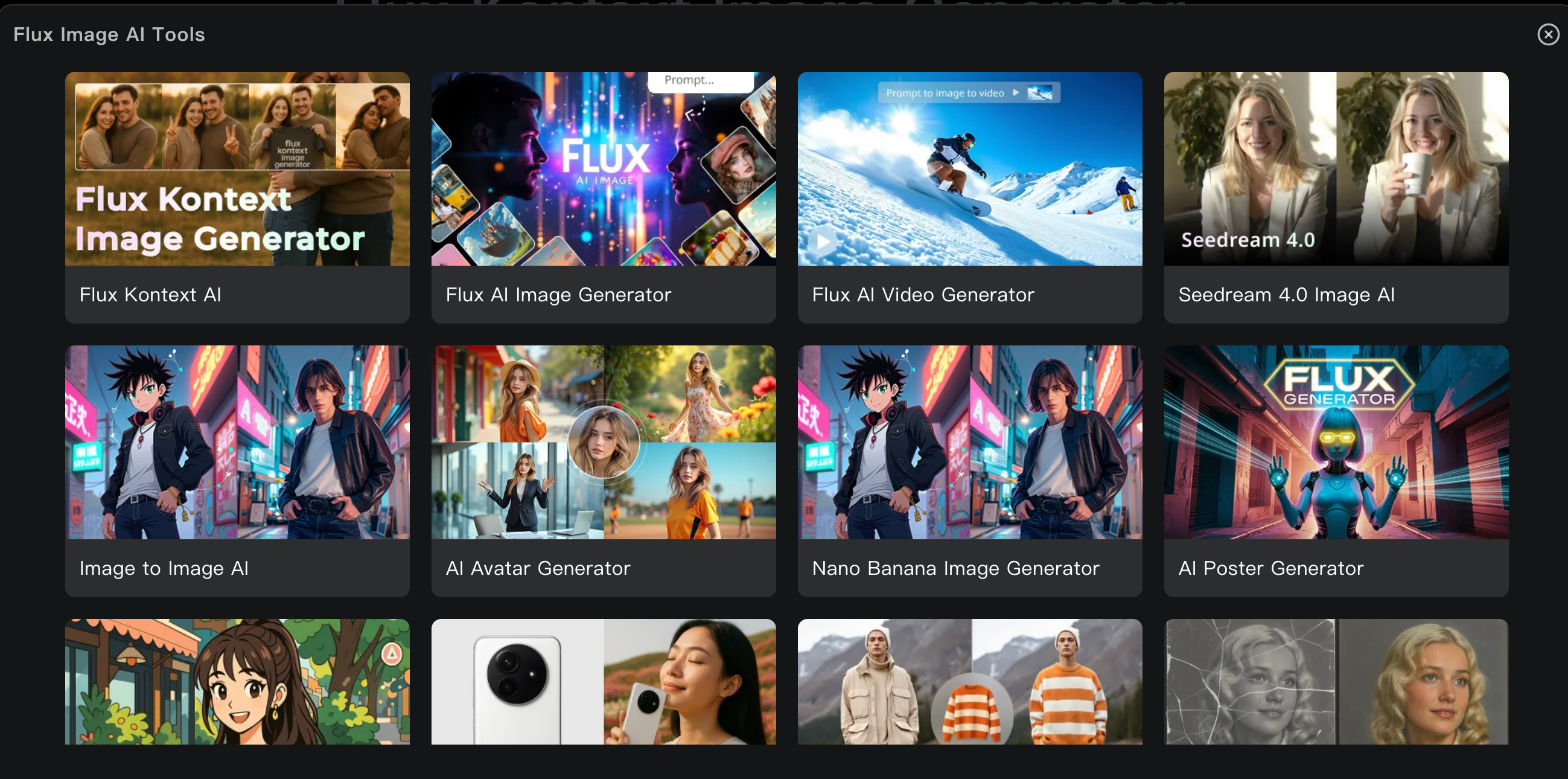Social media moves fast, but this autumn it’s evolving in ways that matter for higher education.
Whether you’re promoting programs, supporting recruitment, or managing student content, staying on top of platform changes is really important…
And we know how hard this can be when there are constant new changes happening.
So here’s a roundup of the latest updates (plus a few AI and search shifts) and how your university or college can make them work.
1. Instagram rolls out reposts, sequences, and more
Instagram has been especially busy this season.
- Reposts are now built in. Instagram has added a native Repost button for both Posts and Reels, with a dedicated reposts tab on profiles. That means if a prospective student shares your campus tour Reel, it appears in their friends’ feeds under your brand name—great for organic reach. (See more on this in a previous blog article).
- Link your Reels into a series: The new “Link a reel” option lets you connect related clips—ideal for course explainers, open day highlights, or multi-part student stories. Viewers see a prompt to “watch related” to keep going. Use it to create bingeable sequences that move prospective students through an entire higher ed narrative.
- Your Reels can surface on Google: Instagram has expanded the indexing of public posts and Reels to more regions, so your content can now appear in Google Search. Add search-friendly captions, alt-text, hashtags, and a location tag to improve visibility.
- “Link in bio” won’t tank your reach: The ‘myth’ has been directly debunked, so use it freely if it helps your students navigate your content.
Edits, the Instagram app, allows you to link your Reels
2. Meta’s “Edits” app just got better
A free, watermark-free editor for your creators!
Instagram’s Edits app is a strong, simple alternative to CapCut and the native IG editor.
It’s free and makes voiceovers, text overlays, and clip assembly easy for student ambassadors and busy colleagues.
You can use it for royalty-free music for your ads.
This new “Royalty Free” tab helps you select tracks you can legally use if a Reel becomes an ad—removing a big friction point for paid campaigns.
Meta's Edits has already been increasingly popular since its drop earlier this year
3. Meta is pushing “verified” accounts—with carrots and sticks
Verification isn't just for celebrities anymore.
Meta now allows any brand to pay for a blue tick. And they’re incentivizing institutions to do just that:
- Carrot: Verified accounts can label posts as “Original Content.” If others repost them, they’ll link back to your profile. That’s a win for brand visibility.
- Stick: Meta is testing warning pop-ups for non-verified accounts, suggesting they might not be trustworthy. Availability can vary by region, so treat this as testing/rolling out. It’s not hard to imagine how that might affect prospective student engagement.
If your higher ed institution deals with impersonation or needs stronger trust signals for international audiences, verification may be worth piloting on flagship accounts.
Meta's Verified badge
4. Paid advertising: a couple of important shifts
1) Meta is rolling out upfront billing.
Previously, you could launch a campaign, watch performance for a few days, and pause if needed—paying only for the spend to date.
Now, many accounts are being charged the full campaign budget at publish.
If you pause mid-flight, there’s typically no refund, so plan budgets and tests more carefully.
The experiences can vary by account as rollouts progress, so keep on top of your account’s billing settings.
2) Detailed targeting is narrowing.
Meta continues to remove some granular interests and is steering advertisers toward Advantage+ automation.
In practice, a number of page-level interests may no longer appear, while some international interests may remain.
We may have to expect less precision in manual targeting and more reliance on the delivery system.
So budget with intent: lock creative and flighting before you hit publish since you may be billed upfront.
Also, audit your audiences and check whether your usual interests are still available and note any gaps.
And as always, keep investing in sharper copy, stronger visuals, and clear offers—then let Meta’s AI optimise delivery.
5. AI meets video: Translate and localize your Reels
Meta is also introducing a game-changing feature: AI-powered voice translation in Reels and videos.
Currently available from English to Spanish (more languages to follow), it can translate your voice and sync your lip movements so it looks like you’re speaking in the translated language.
For institutions recruiting international students or communicating with multilingual communities, this is a powerful way to be more inclusive—and more engaging.
Screenshot from Meta's Meta AI translations for Creators
6. TikTok limits hashtags—and shifts strategy
TikTok will be limiting users to just five hashtags per post, forcing marketers to be more strategic.
For higher education teams, this means focusing on quality over quantity:
- Choose hashtags your target audience is actually searching.
- Align with key terms like #OpenDay, #StudentLife, or program-specific topics.
- Use tools like ChatGPT or Gemini to brainstorm relevant tags.
7. AI tools that are supercharging content creation
Social media success is increasingly AI-assisted.
A few standout tools you might like to try:
- Flux Kontext for images is emerging as a favorite for image generation and manipulation—more advanced than Canva in some respects. You can place your product (or campus, or mascot) in any setting, using AI to customize visuals. Useful for campaign variations, student-life scenes, or course-themed visuals.
- Heygen for multilingual video allows you to clone yourself in video and speak in multiple languages. Imagine having your university’s admissions officer welcome international students in their native language (without knowing it themselves).
- Gemini’s upgraded image editing: Google’s late-August upgrade aims to offer high-quality edits with strong character/face consistency, useful for quick creative variations and concept testing.
Flux Kontext is gaining traction as an image-generation AI tool
8. Google Search is now Google.com across the globe
You may have noticed the change earlier this year: Google is phasing out country-specific domains and redirecting users globally to google.com.
Local search results still depend on user location and signals, so your day-to-day higher ed SEO playbook doesn’t fundamentally change, so keep optimizing for local intent and program queries.
Use this moment to level up
This autumn’s updates open up new ways to engage, localize, and extend your reach—without adding to your workload. Whether it’s using AI to streamline content creation or tapping into Instagram’s evolving tools, there’s no shortage of ways to make your institution’s social media stand out.
Are you experimenting with any of these features already? Which social media update do you think will make the biggest impact on your marketing this semester?

:format()//media/social-media-updates--what-higher-ed-marketers-need-to-know-RQ.png)




